From Band Breakup to a New Band
I’m a keyboard player currently in three bands. This year, with the reclassification of COVID-19 as Category 5, I resumed band activities.
One of the bands is a rock band covering 70s West Coast rock, another is a group of Eric Clapton followers, and the third is an electric jazz band performing standard jazz using electric instruments.Some members overlap across these bands, but last month, the West Coast rock band had to suddenly break up due to conflicting schedules among the members. After a period of turmoil, including changes in the guitarist and vocalist, the band ultimately disbanded.
From a Les Paul Guitarist…
About 20 days after the breakup, I received a LINE message from one of the members of the disbanded band. It was from K, the guitarist who had joined the band last. K is a fan of Jeff Beck and, in my view, more suited to British-style music than West Coast-style. His tone and phrasing differ from the lighter West Coast rock style, favoring heavier distortion sounds with his Gibson Goldtop Les Paul.
K reached out asking if I could help him work on some Jeff Beck material.
When I asked which era of Jeff Beck he had in mind, he mentioned albums like Blow by Blow, Wired, and Live Wire. All three are albums I love. I decided to go along with K's proposal.
The keyboard players who supported Jeff Beck during that era were Max Middleton and Jan Hammer.
I’ve been a big fan of Jan Hammer since his Mahavishnu Orchestra days.
As someone who enjoys synthesizers as a hobby, I absolutely loved Jan Hammer’s guitar-like shredding on the synthesizer.
Jan Hammer is a Czech composer and keyboard player who also created the soundtrack for Miami Vice and won a Grammy. He gained fame for his guitar-like performances on the synthesizer. Truly, Jan Hammer was a master at "playing the guitar" on a synthesizer.
Back in my university days, I listened endlessly to Jan Hammer’s sound on the Mahavishnu Orchestra live album Between Nothingness and Eternity, led by John McLaughlin.
At the time, I owned a Roland monophonic synthesizer, the SH-5, while Hammer used the iconic Minimoog synthesizer—a favorite of professional musicians. The Minimoog cost 630,000 yen back then, far out of my budget. Naturally, I couldn’t replicate Hammer’s sound, and technically speaking, the Mahavishnu Orchestra’s music was far beyond my skill level.
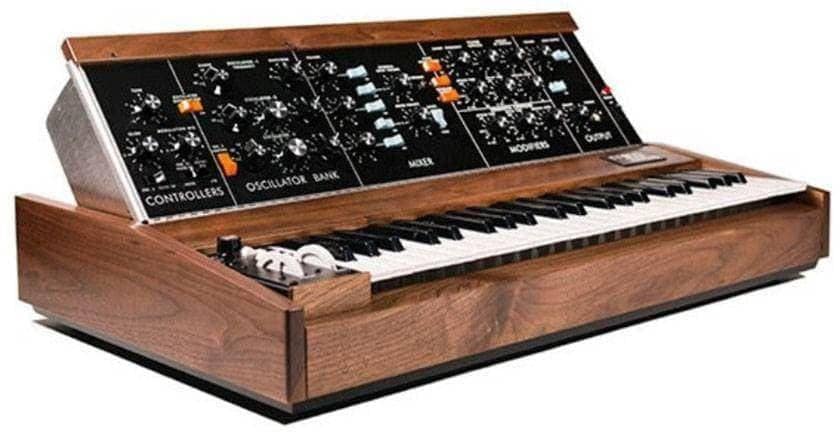
< The Minimoog Synthesizer >
For now, I decided to revisit Jeff Beck’s Live Wire, which includes the requested track from K, “Freeway Jam.”Although my musical understanding has improved since my university days, I’m still uncertain whether I can reproduce Jan Hammer’s signature sounds with the synthesizers I currently own. It’s a challenge, but I’m eager to see how close I can get.
Jeff Beck: Live Wire (1977)
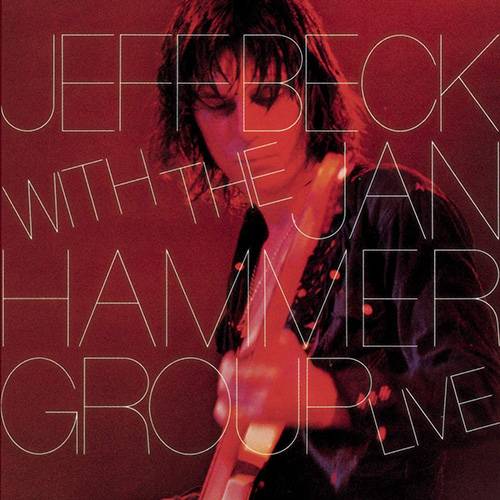
After actually listening to this album again, I noticed that Jan Hammer's synthesizer had a surprisingly heavy use of effects, particularly tape echo. Back in those days, there were no digital delay or digital reverb units. From what I recall, Hammer used Roland's tape echo machine, the RE-201 Space Echo.
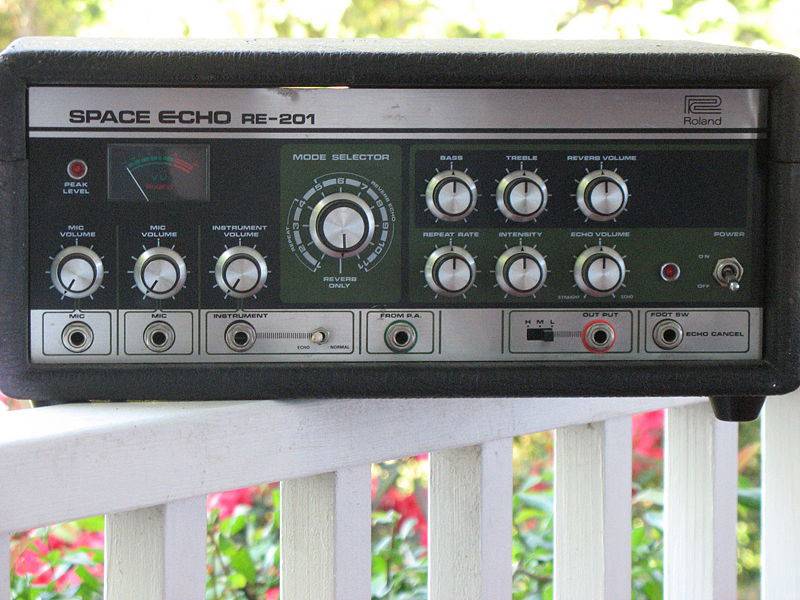
●Roland RE-201 (Source: Wikipedia)
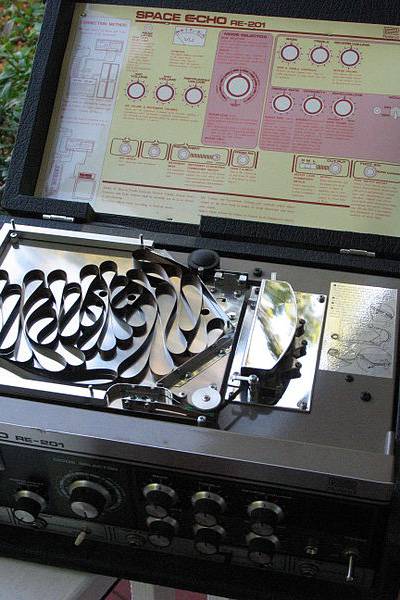
●Inside a Tape Echo Machine (Source: Wikipedia)
This machine is a legendary echo unit, widely used by professional musicians. While long-delay echoes are now rarely used in live performances, they were likely the default sound of that era. Both Jeff Beck and Jan Hammer had similarly long echo times applied to their performances.
Hammer seemed to view this long echo time as a technique to make his synth sound more like a guitar solo. The immediate repetition of short phrases, seamlessly following the original notes, created the illusion of an actual guitar solo. It’s quite possible that Hammer was deliberately crafting his sound with this in mind, using echo as an integral part of his performance rather than just an effect.
Watching live videos of Jeff Beck and Jan Hammer after Live Wire, I noticed that the delay times were no longer as long, and Hammer's performances on the keytar (shoulder-mounted synthesizer) became nearly indistinguishable from a guitar.
On the Live Wire album, the contrast between synth and guitar solos was clear, allowing me to fully appreciate Hammer’s unique synth expressions. However, when the synth solo sounded exactly like a guitar, I surprisingly found it somewhat "boring."
What made it exciting was that the synth solo resembled a guitar solo—not that it became one. If it sounded identical to a guitar, then listening to it on CD wouldn’t have much appeal. What I loved was that rich, glossy, and slightly artificial synth tone, enhanced by a generous amount of echo, making it distinct from the guitar. I found myself oddly nostalgic for that sound! (laughs)
With that realization, I decided that when replicating Jan Hammer’s synth tone, I would use a long delay time to maintain that signature, expansive effect.
A successor that recreates the iconic sound of the Roland RE-201 Space Echo like never before!
⇒ BOSS / RE-202 Space Echo
⇒ BOSS / RE-2 Space Echo
Next time, we’ll dive into the process of sound creation using an actual synthesizer.
Featured Musicians, Album, and Recommended Track
- Artists: Jan Hammer, Jeff Beck
- Album: Live Wire
- Track: "Freeway Jam"
The “sound & person” column is made possible by your contributions.
For more information about contributions, click here.











![KOMPLETE 14 SELECT Review! [Synths, Effects, and EXPANSION Edition]](/contents/uploads/thumbs/5/2023/8/20230829_5_23779_1.jpg)
![Enchanting Instruments 63 - Electronic Sound Source Mechanism 3: Analog Synthesizer [Subtractive Synthesis]](/contents/uploads/thumbs/5/2023/5/20230509_5_22461_1.jpg)
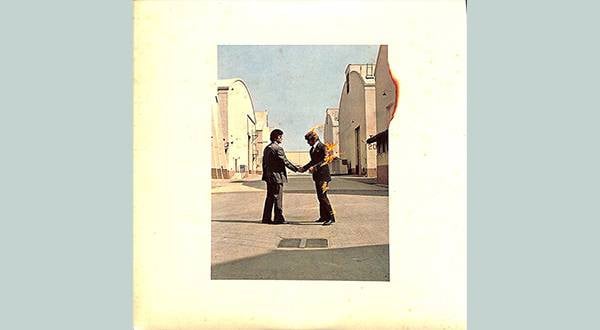
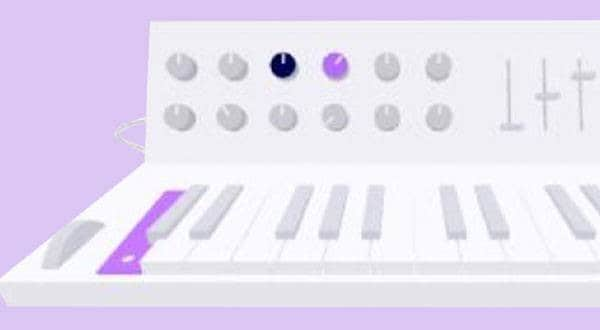
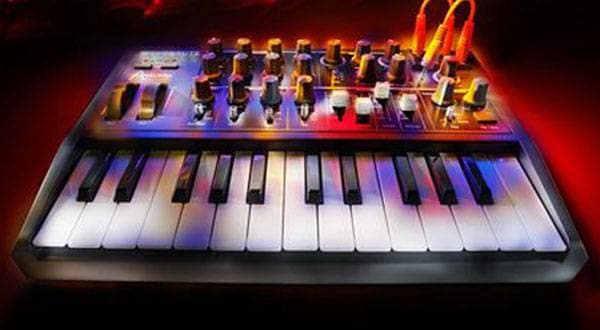
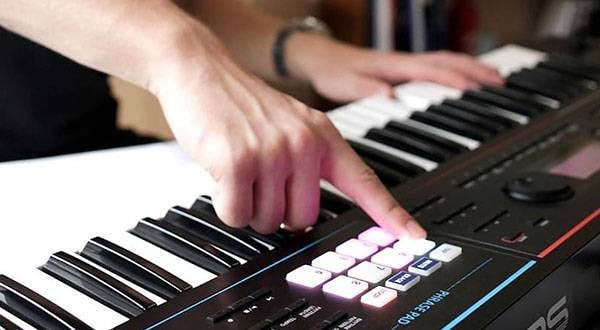
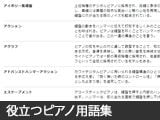 自分にあったピアノを選ぼう!役立つピアノ用語集
自分にあったピアノを選ぼう!役立つピアノ用語集
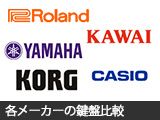 各メーカーの鍵盤比較
各メーカーの鍵盤比較
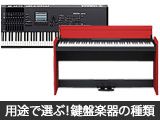 用途で選ぶ!鍵盤楽器の種類
用途で選ぶ!鍵盤楽器の種類
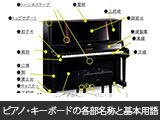 ピアノ・キーボードの各部名称
ピアノ・キーボードの各部名称
 キーボードスタートガイド
キーボードスタートガイド
 キーボード・ピアノ講座
キーボード・ピアノ講座















